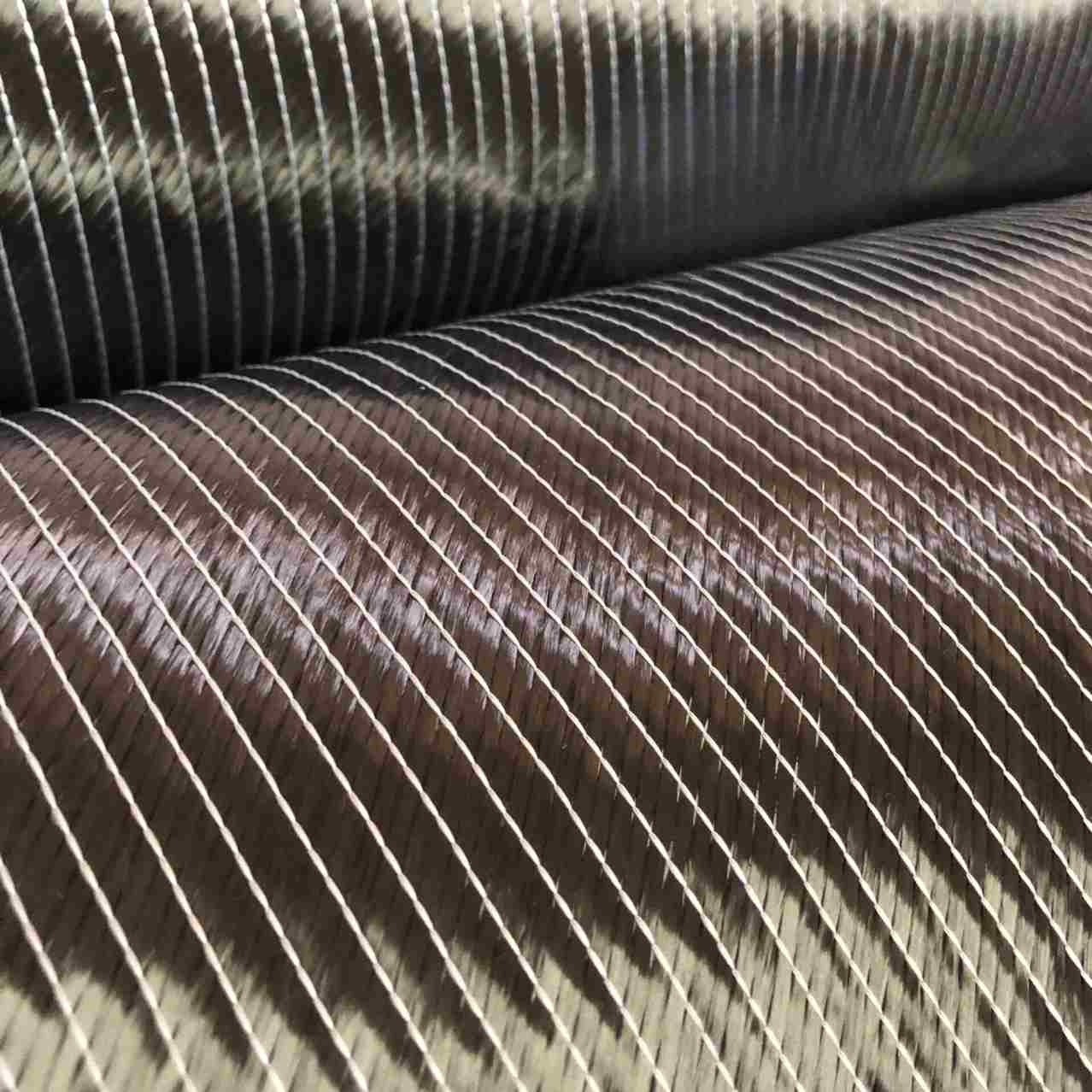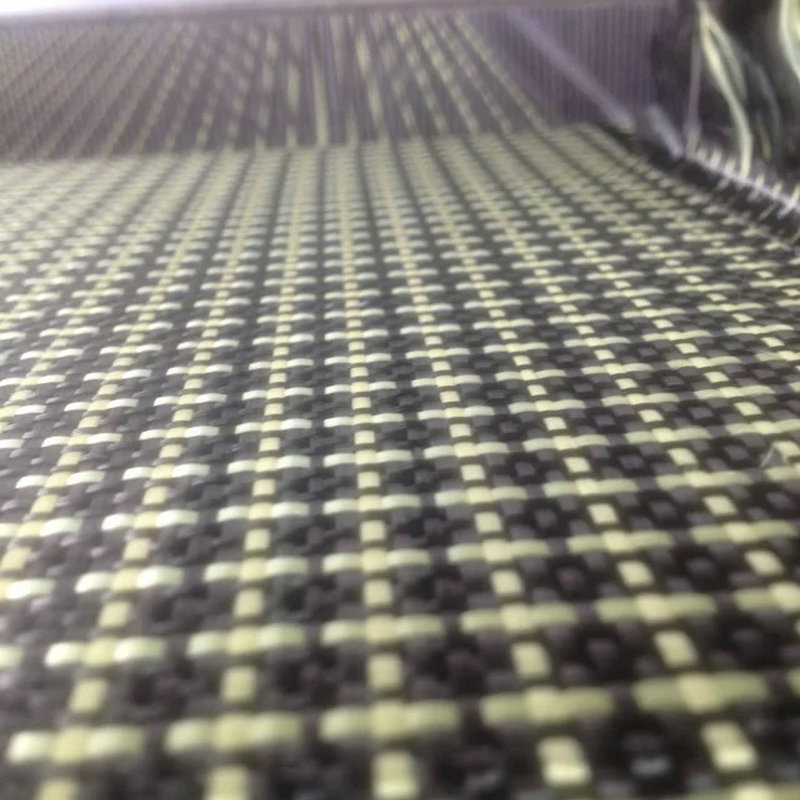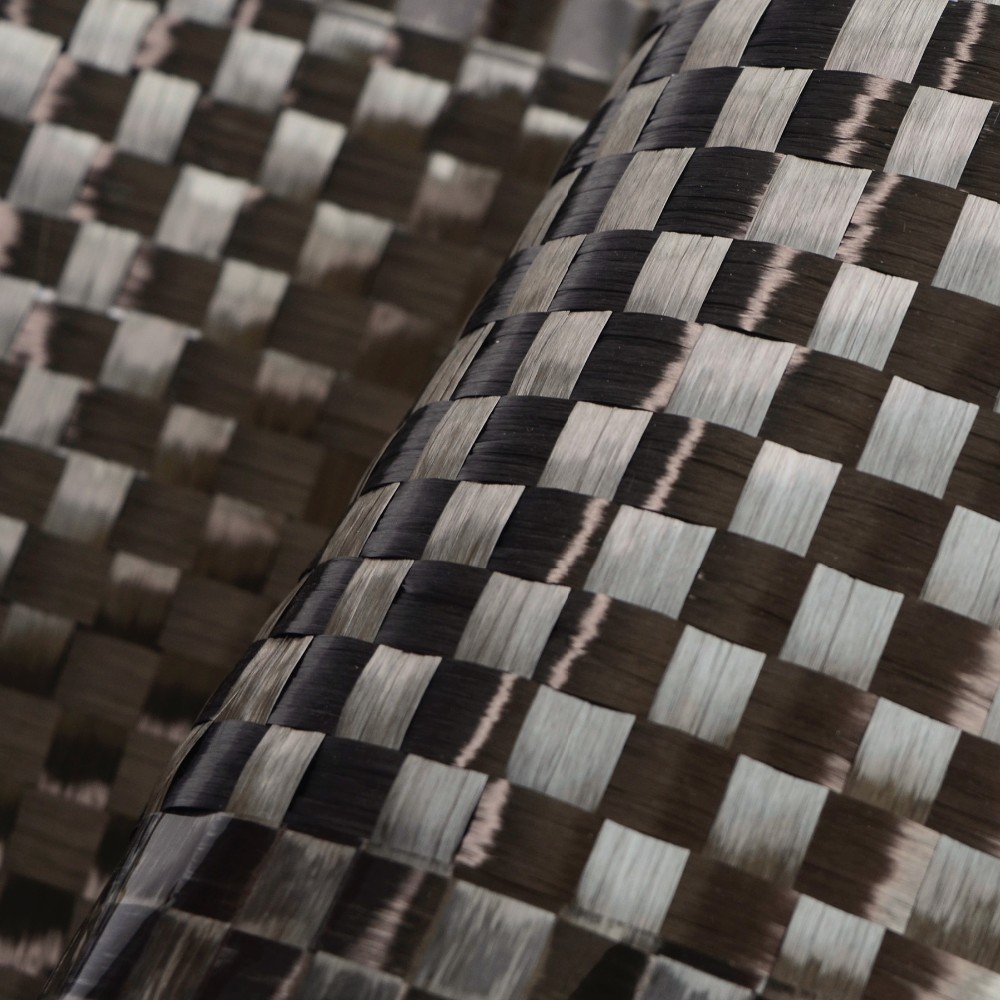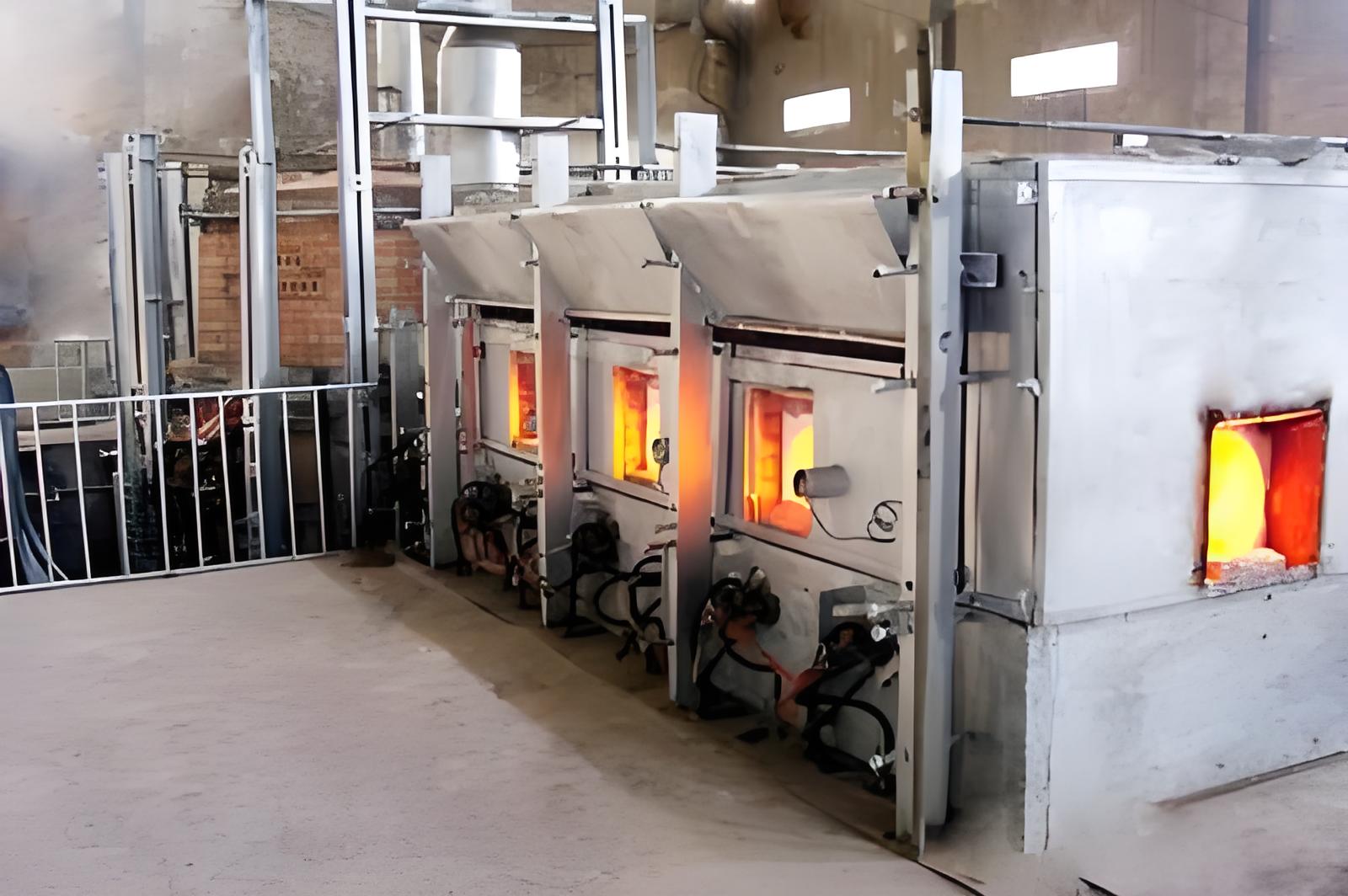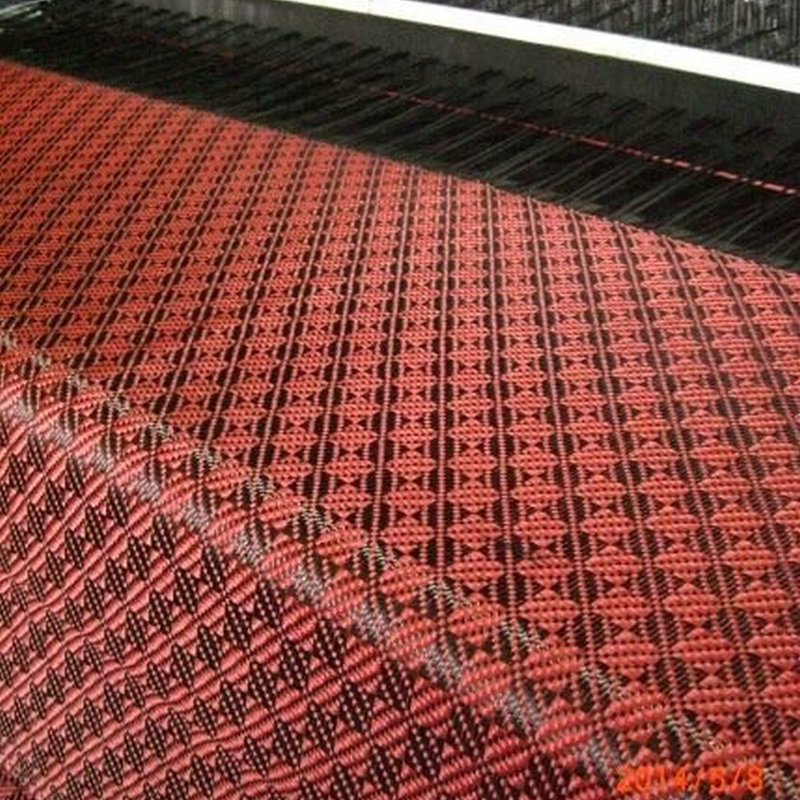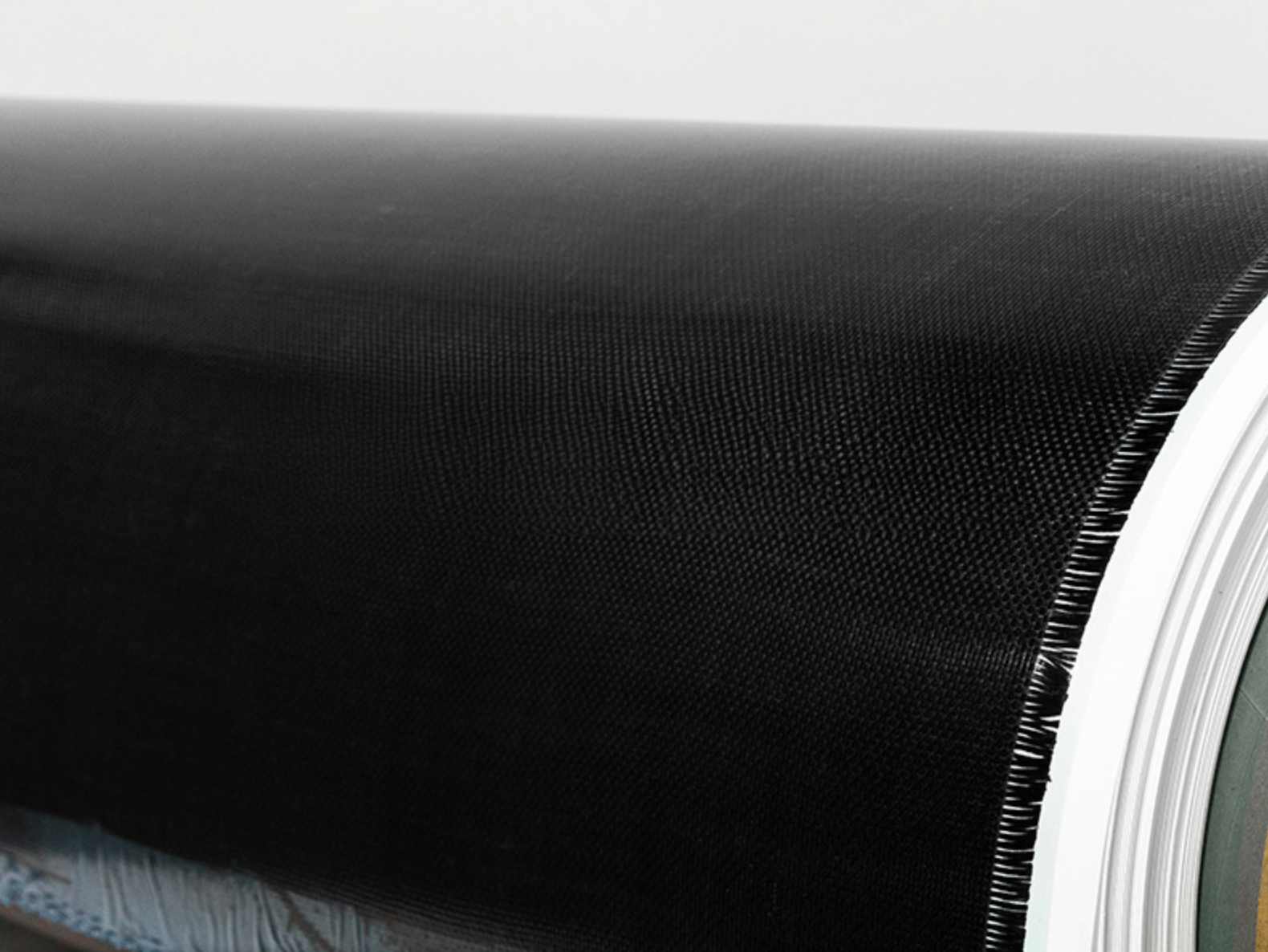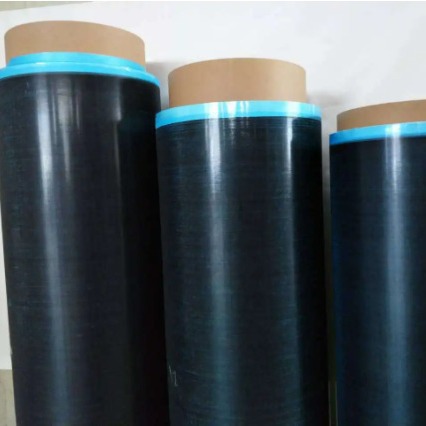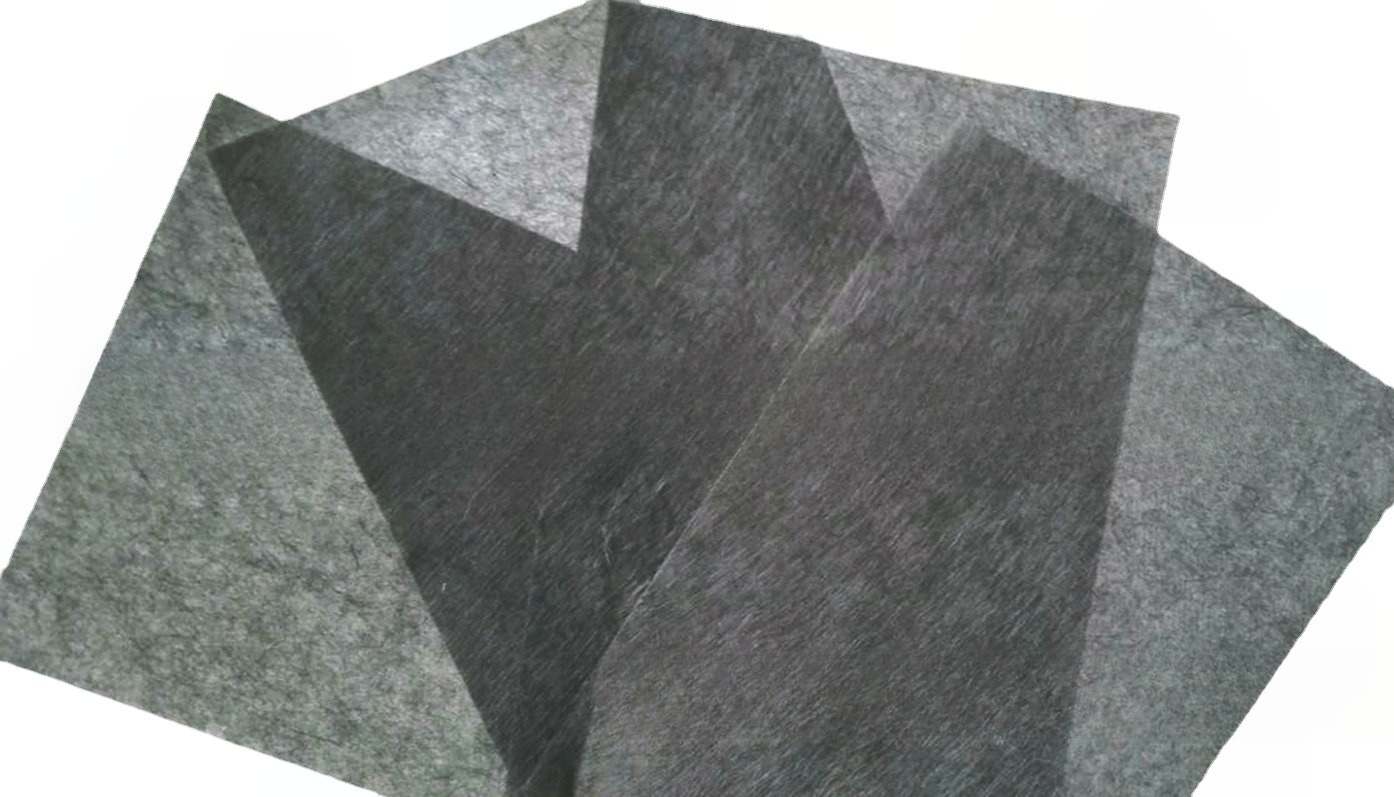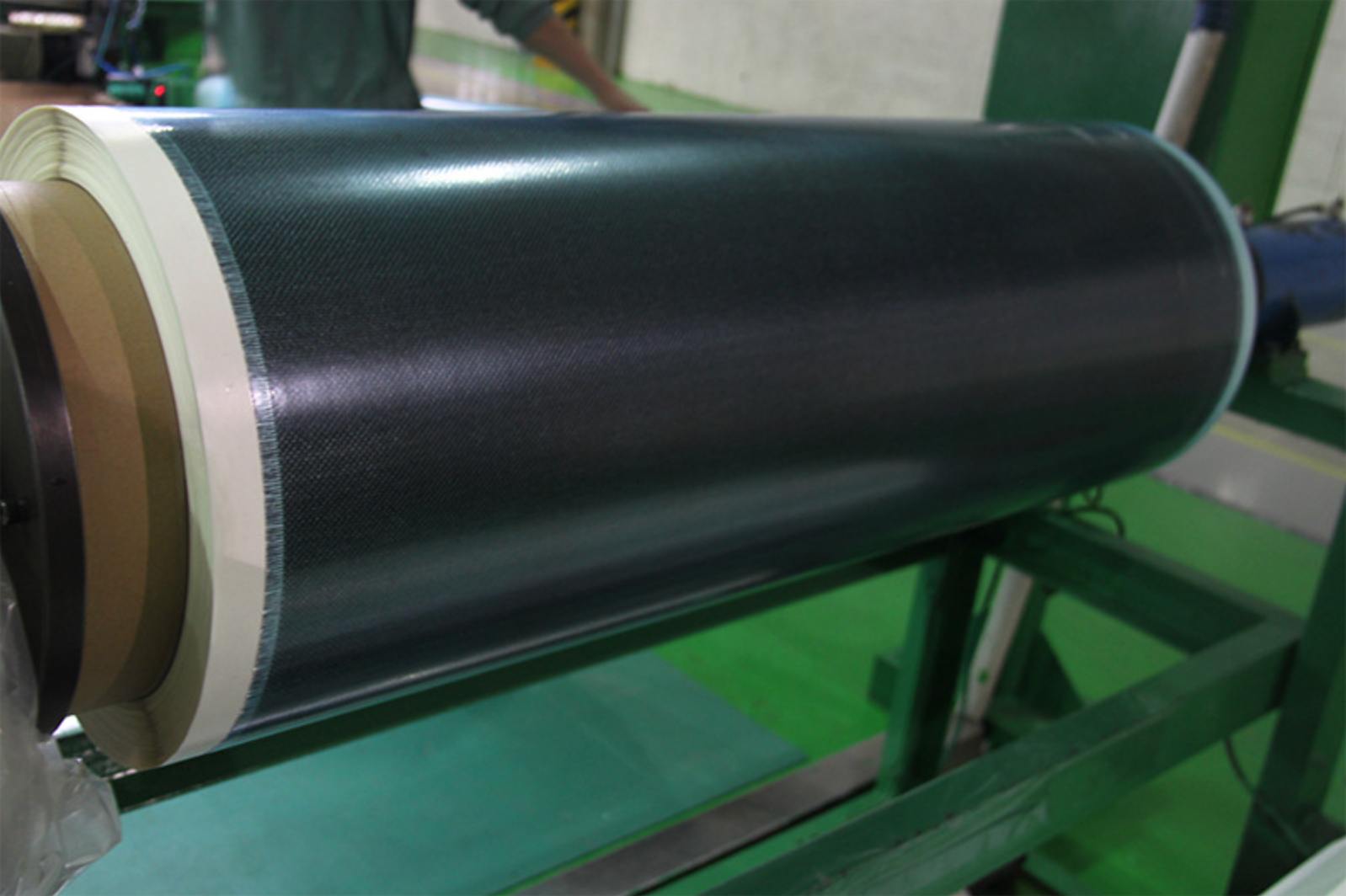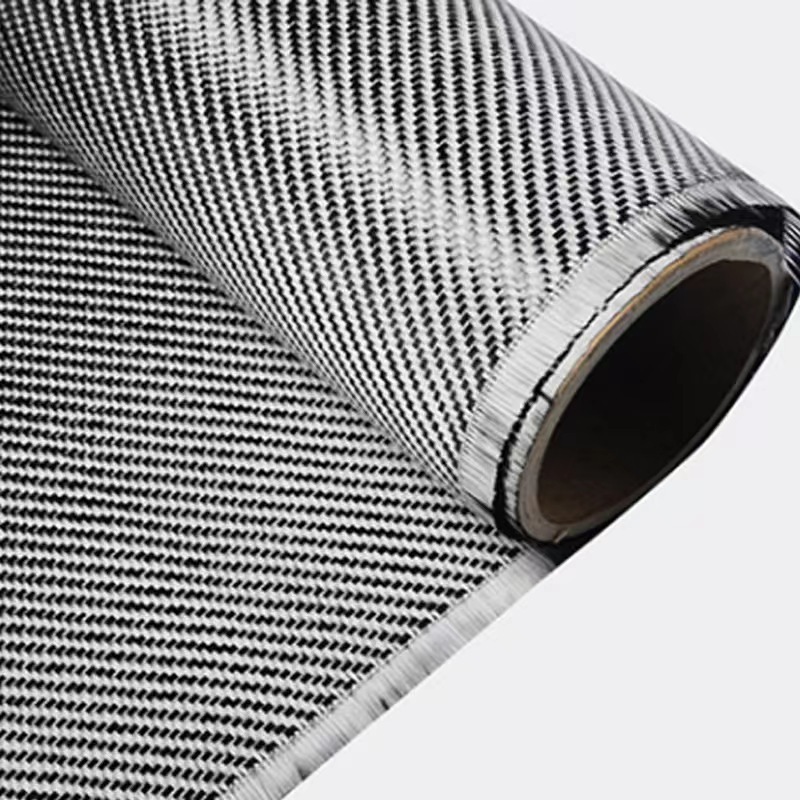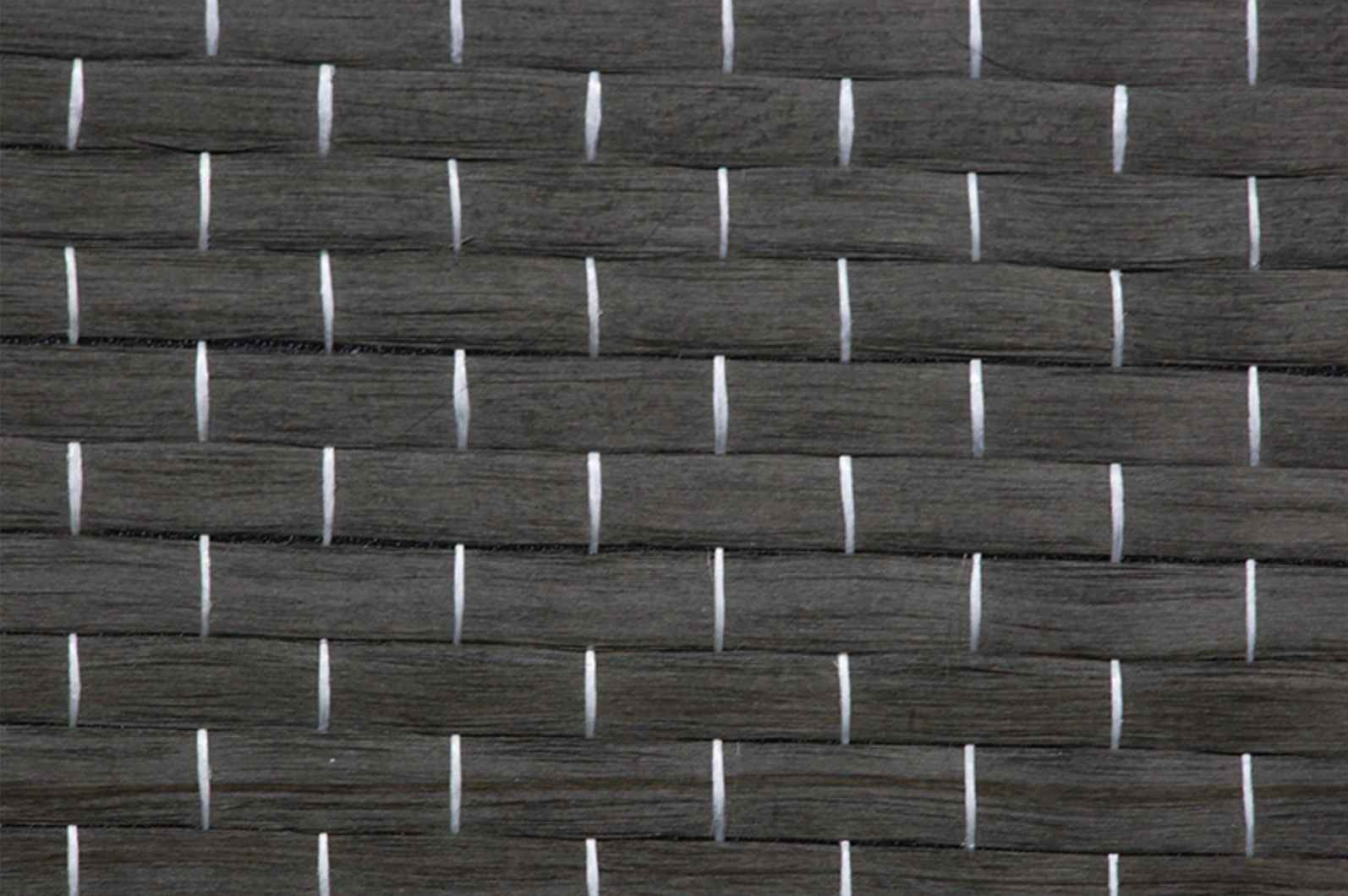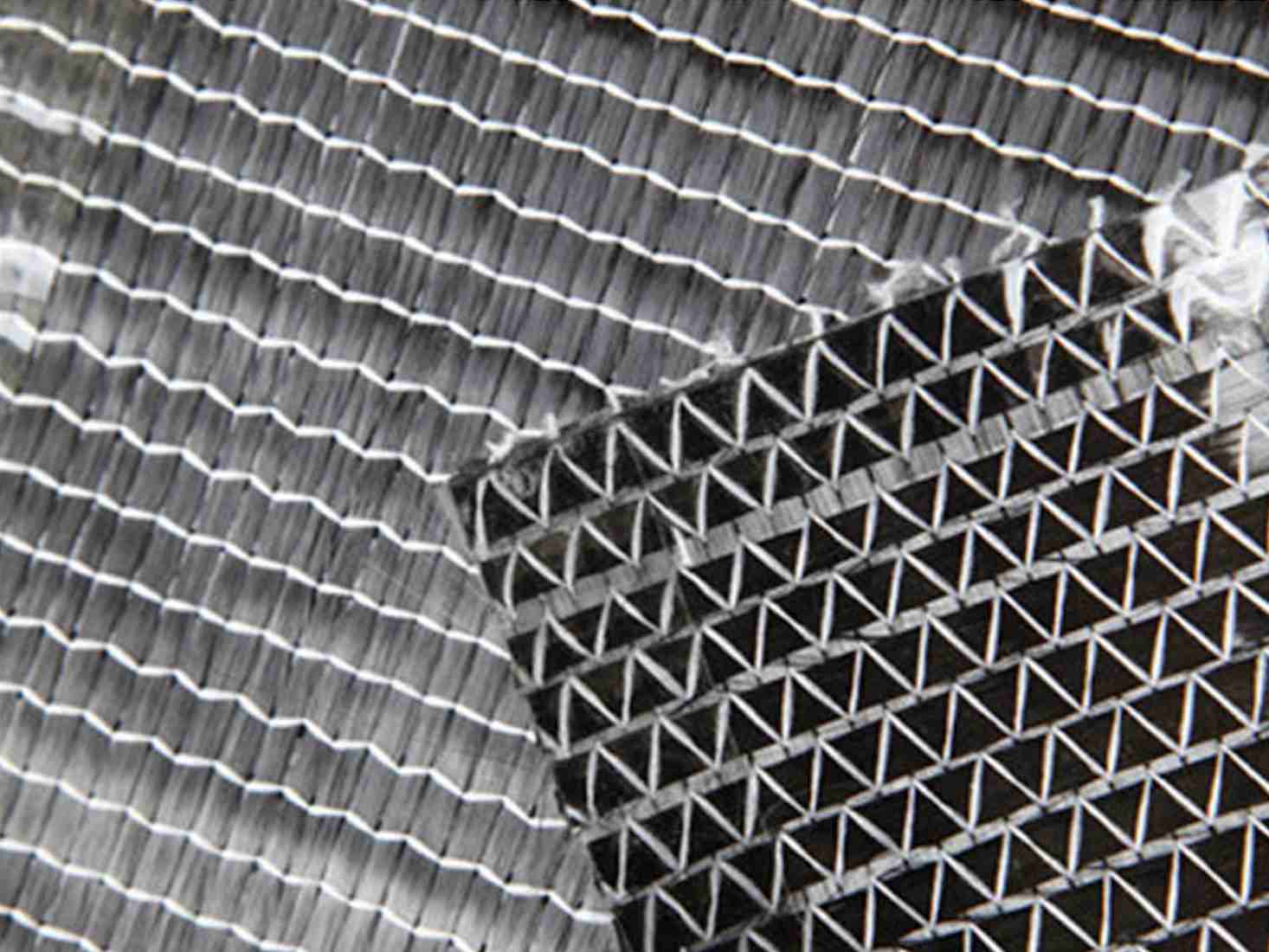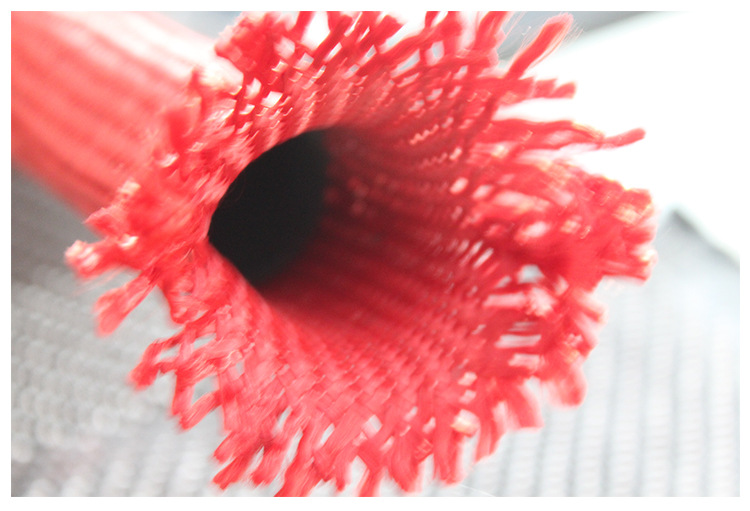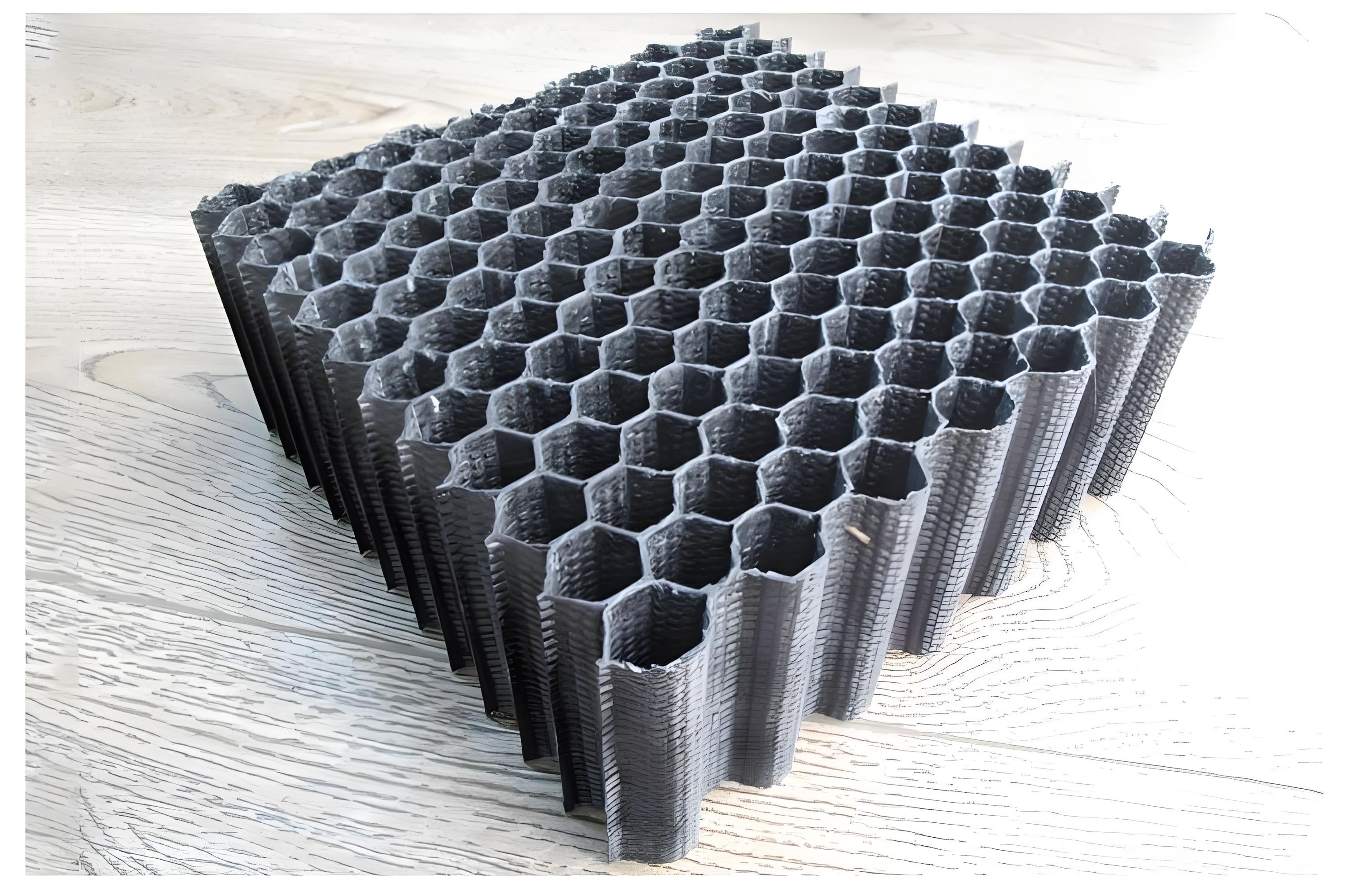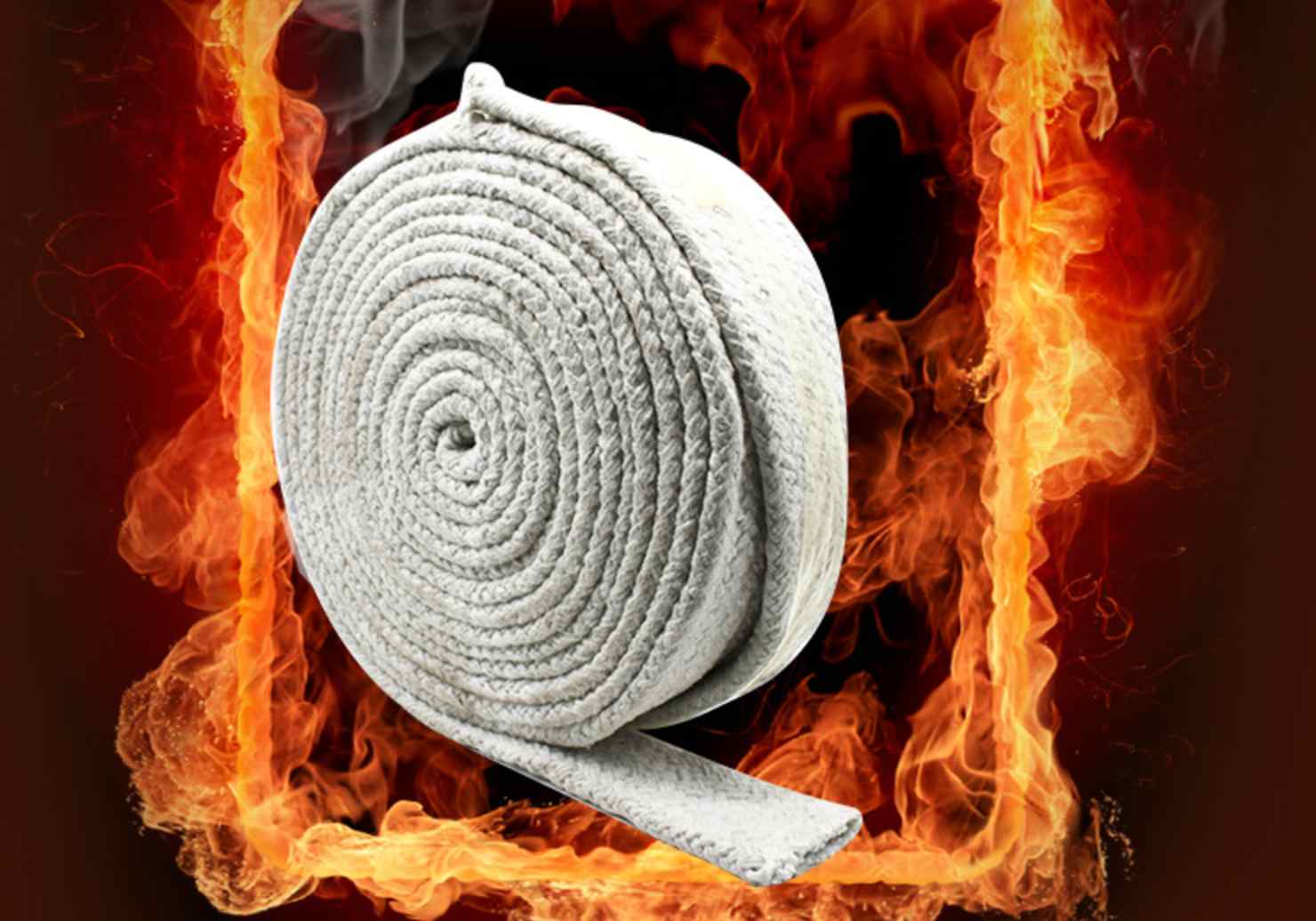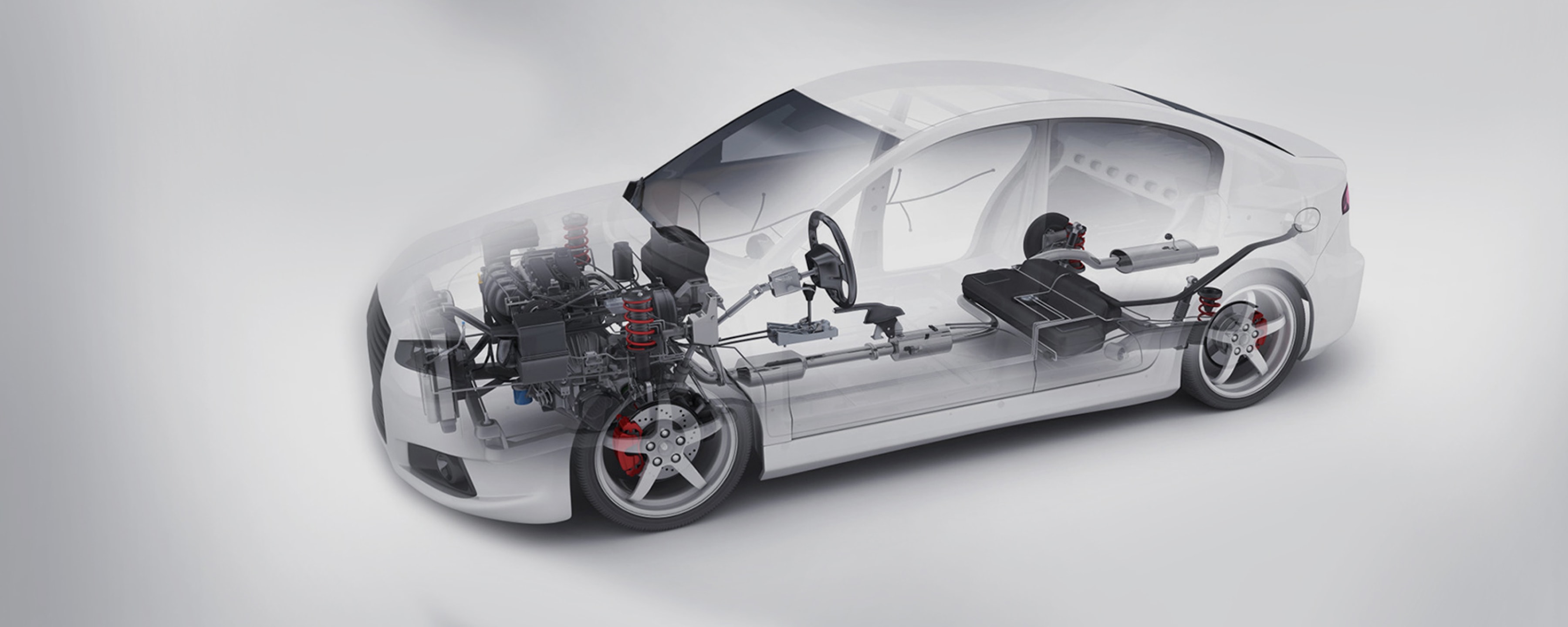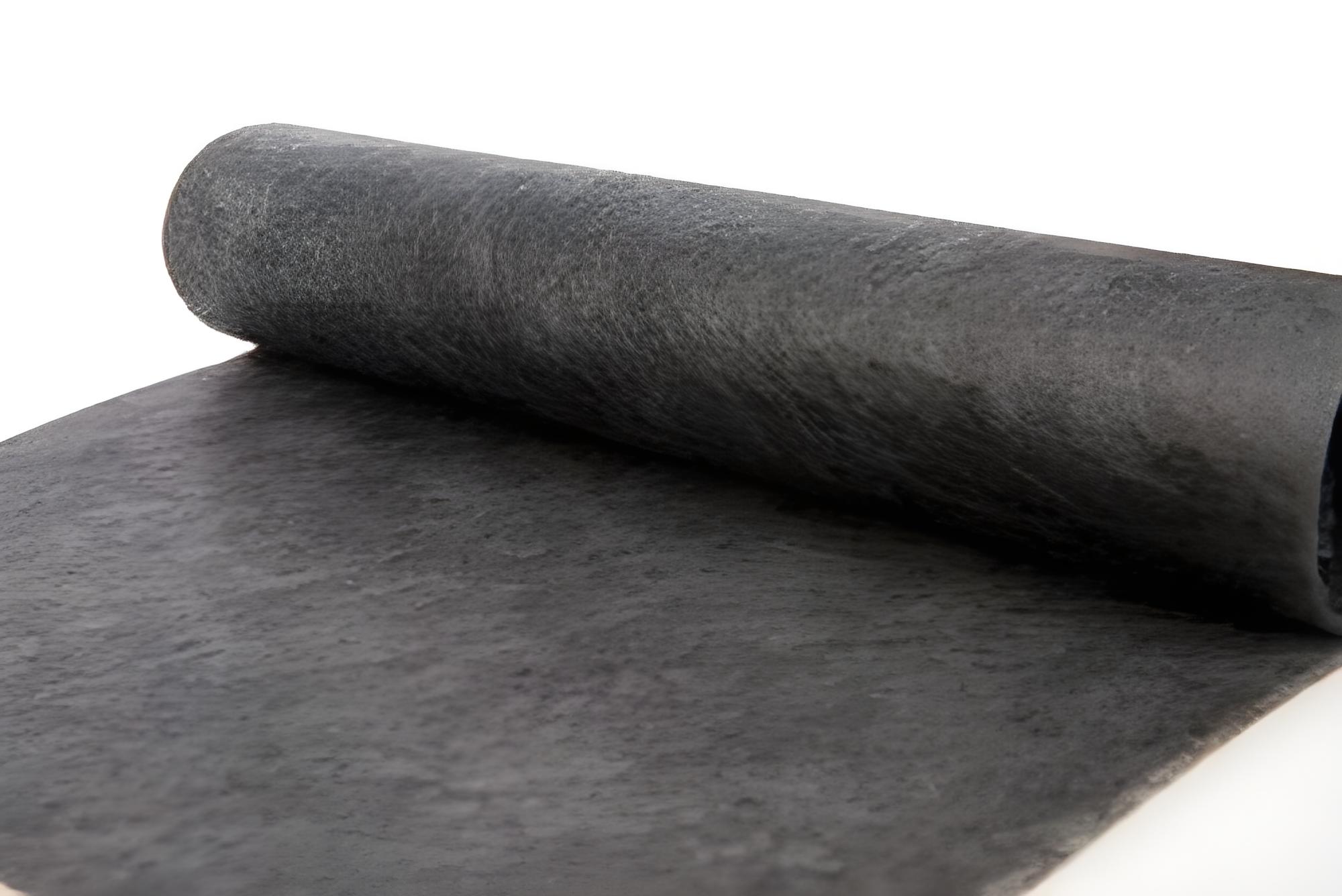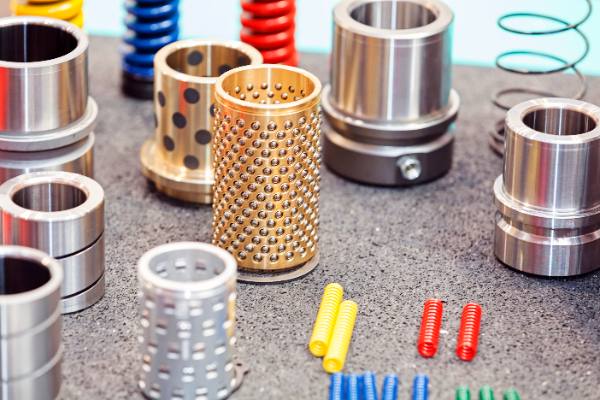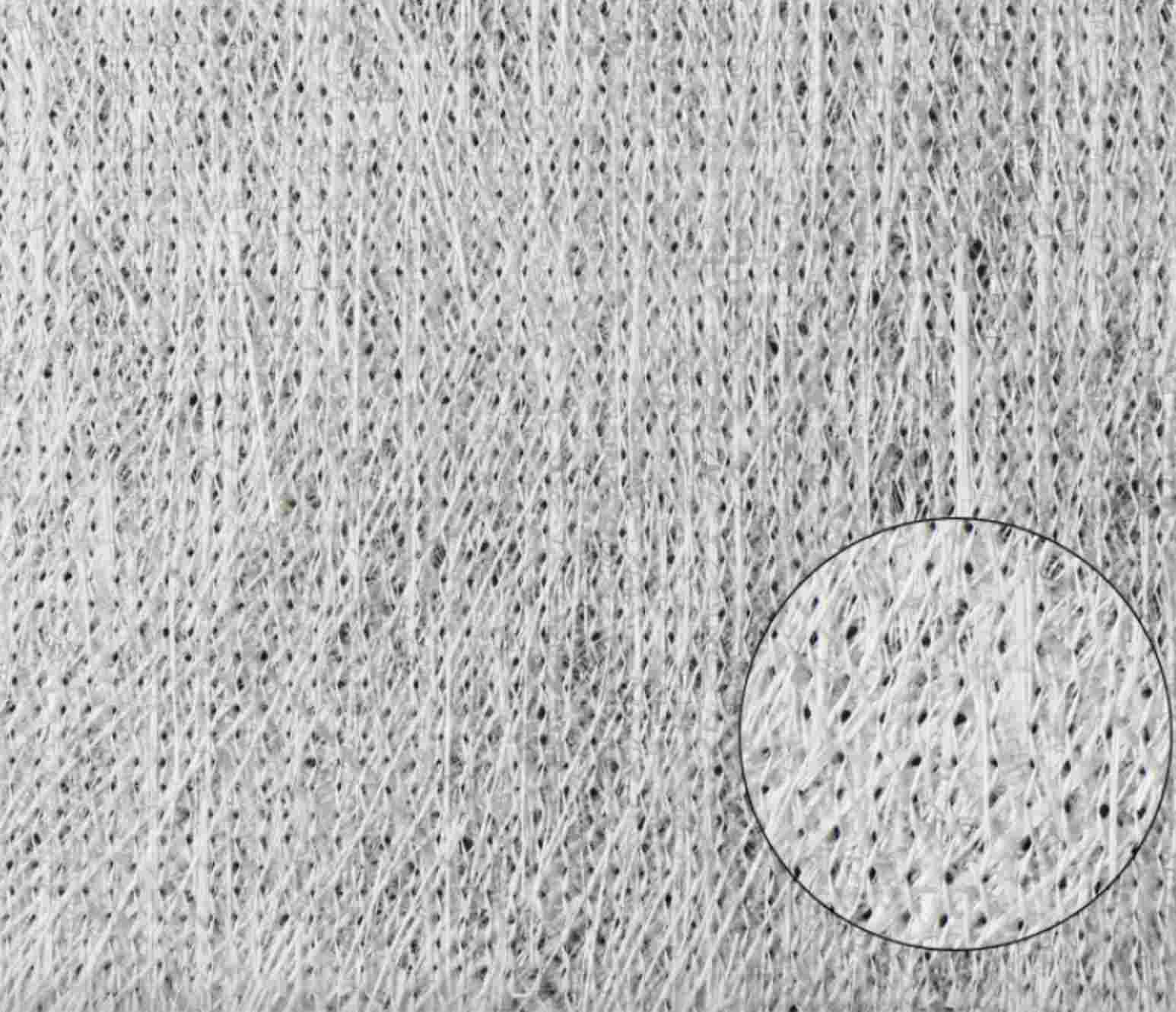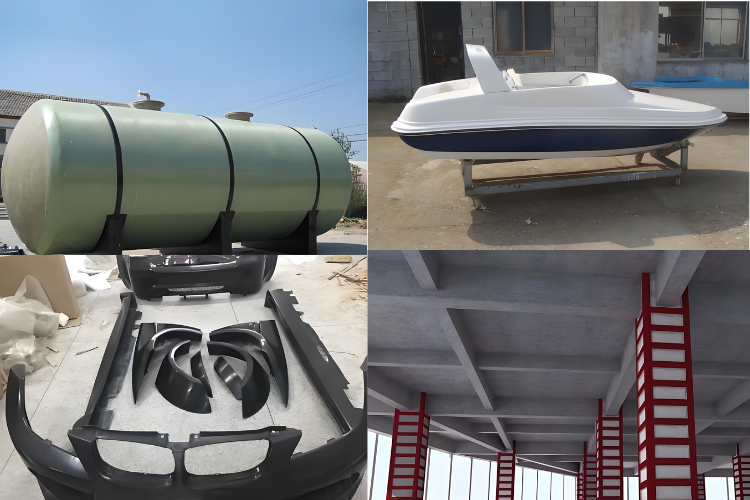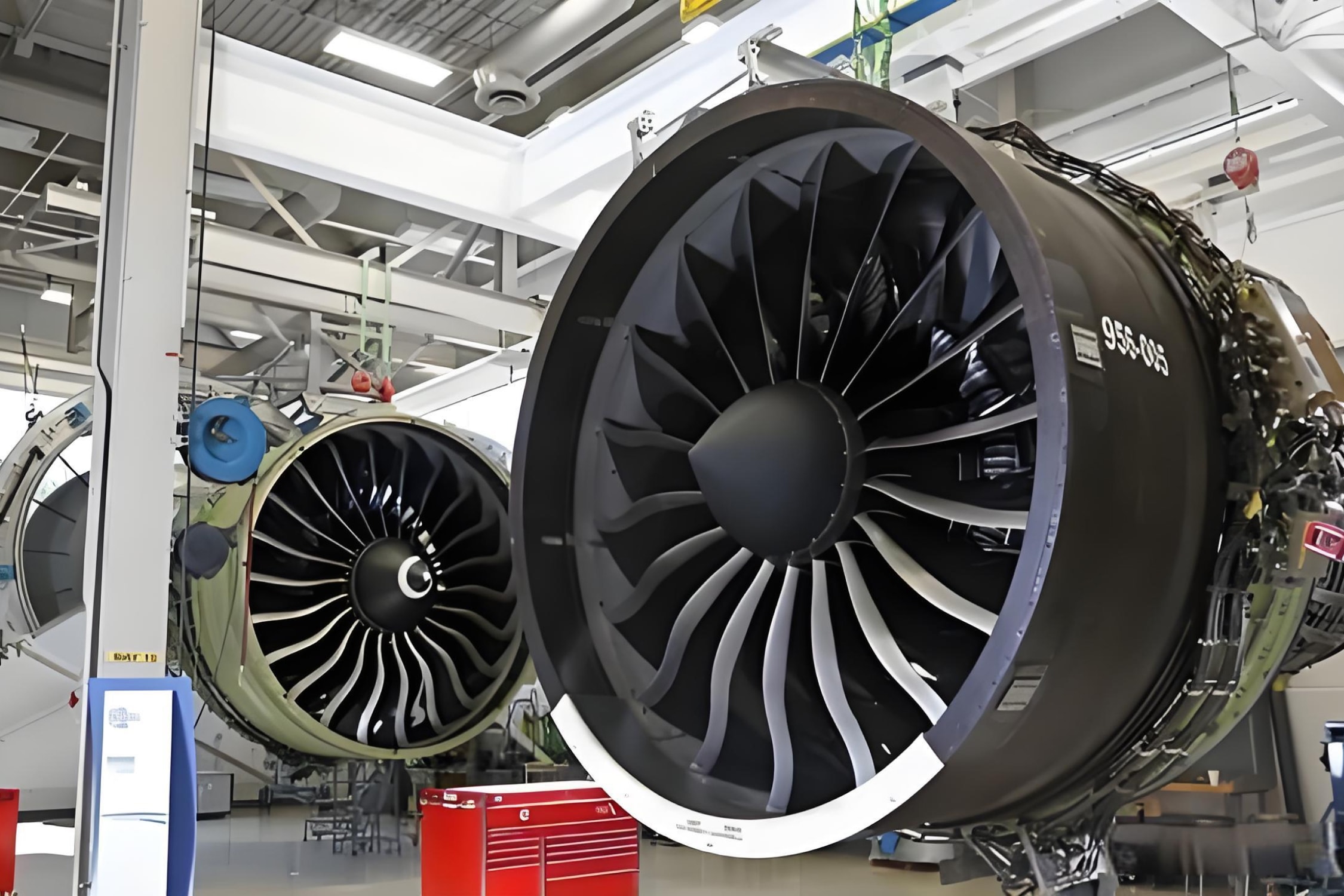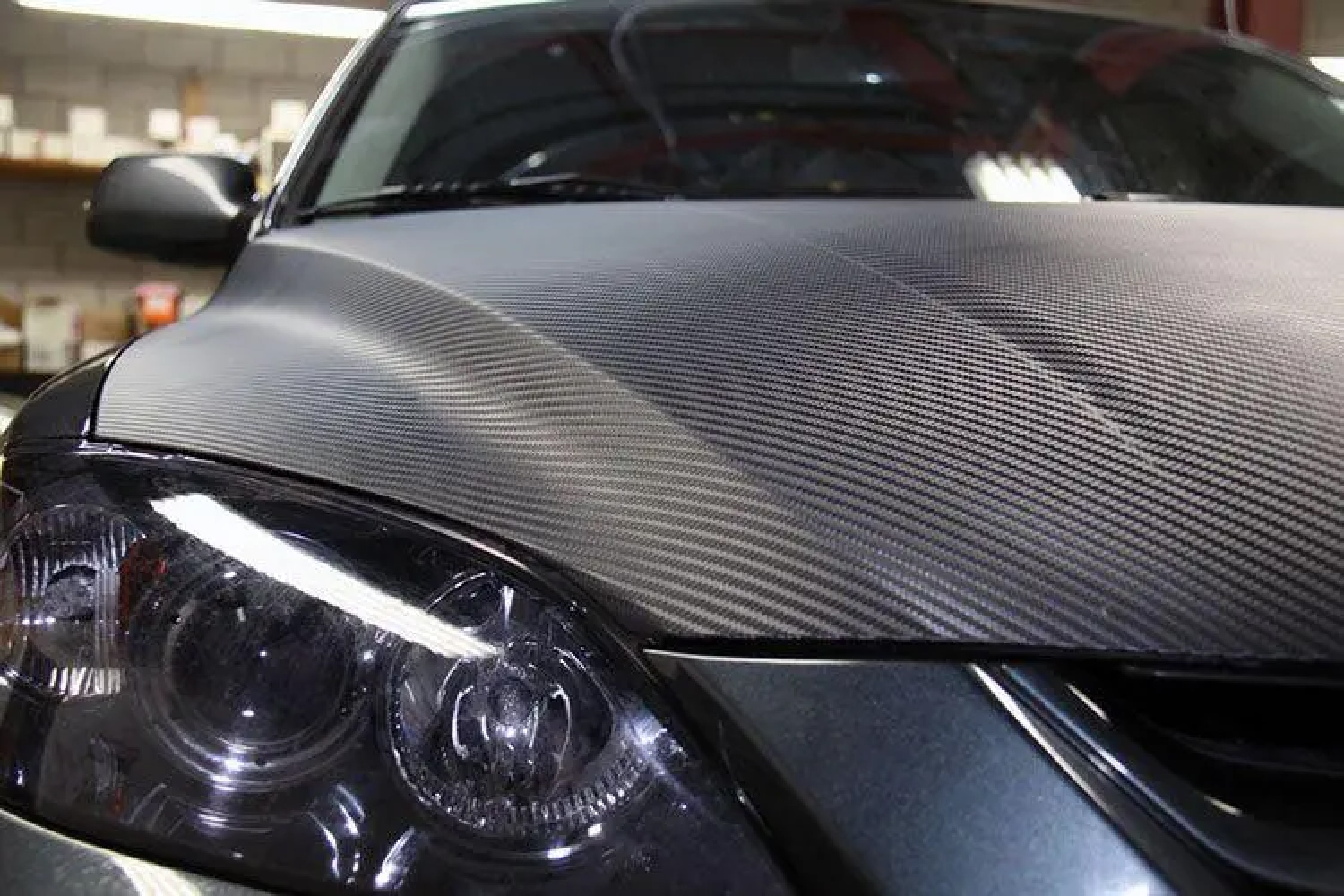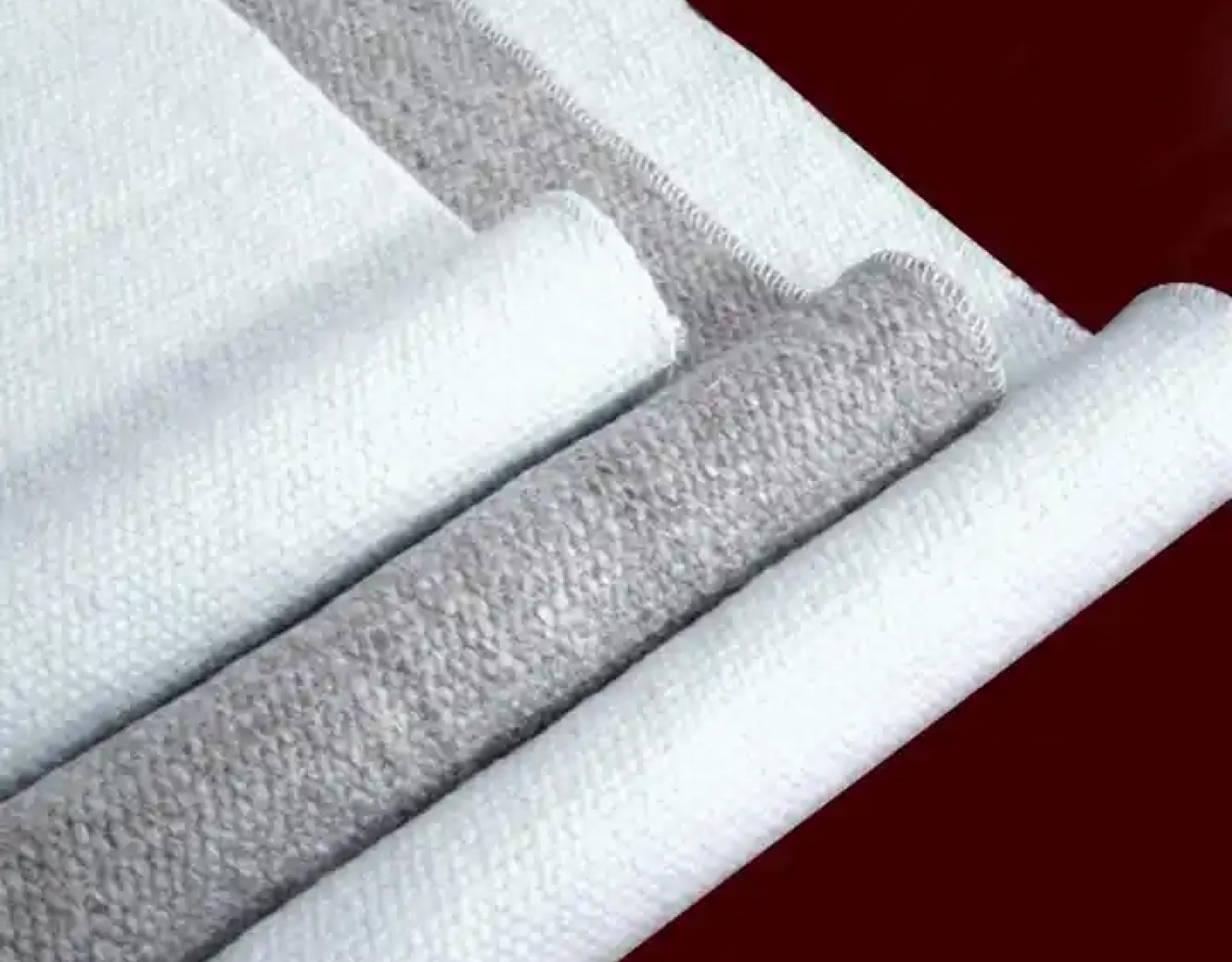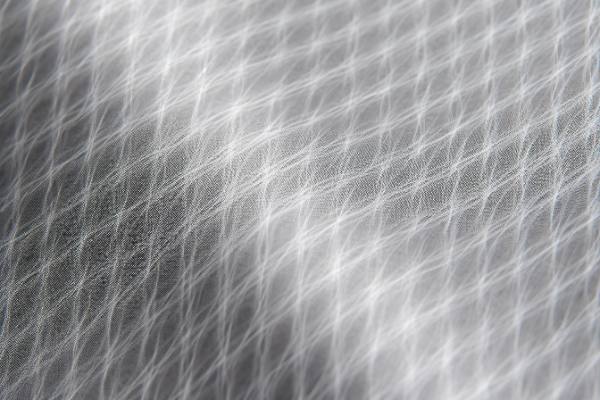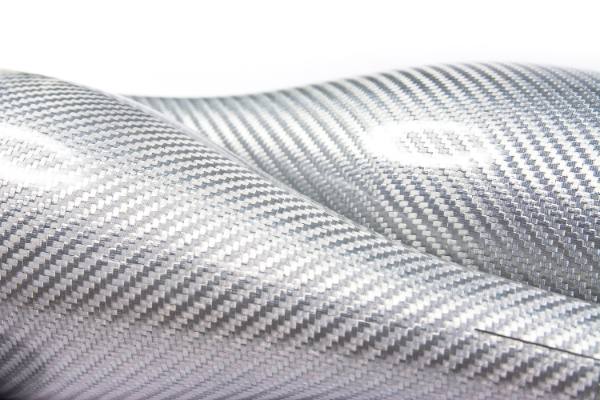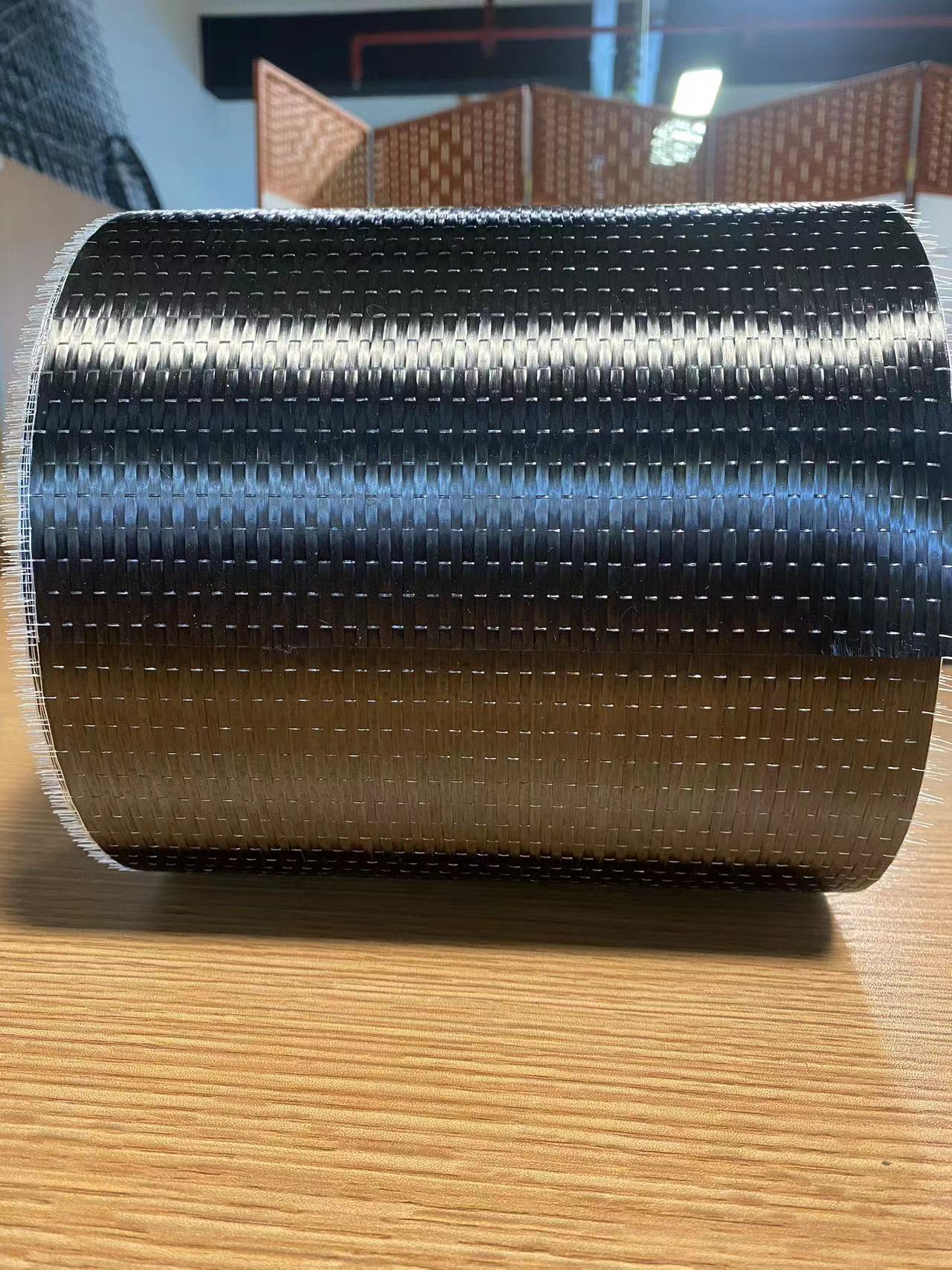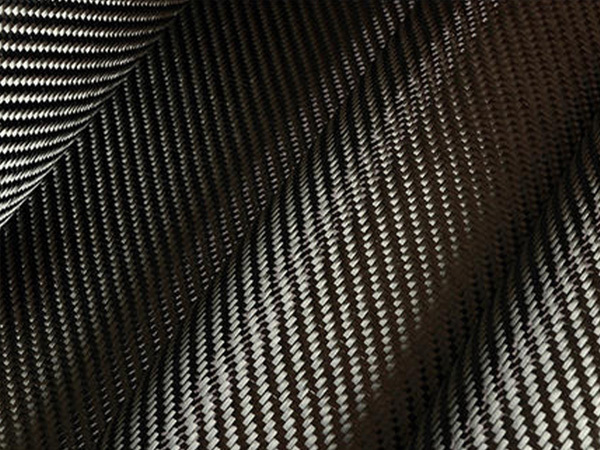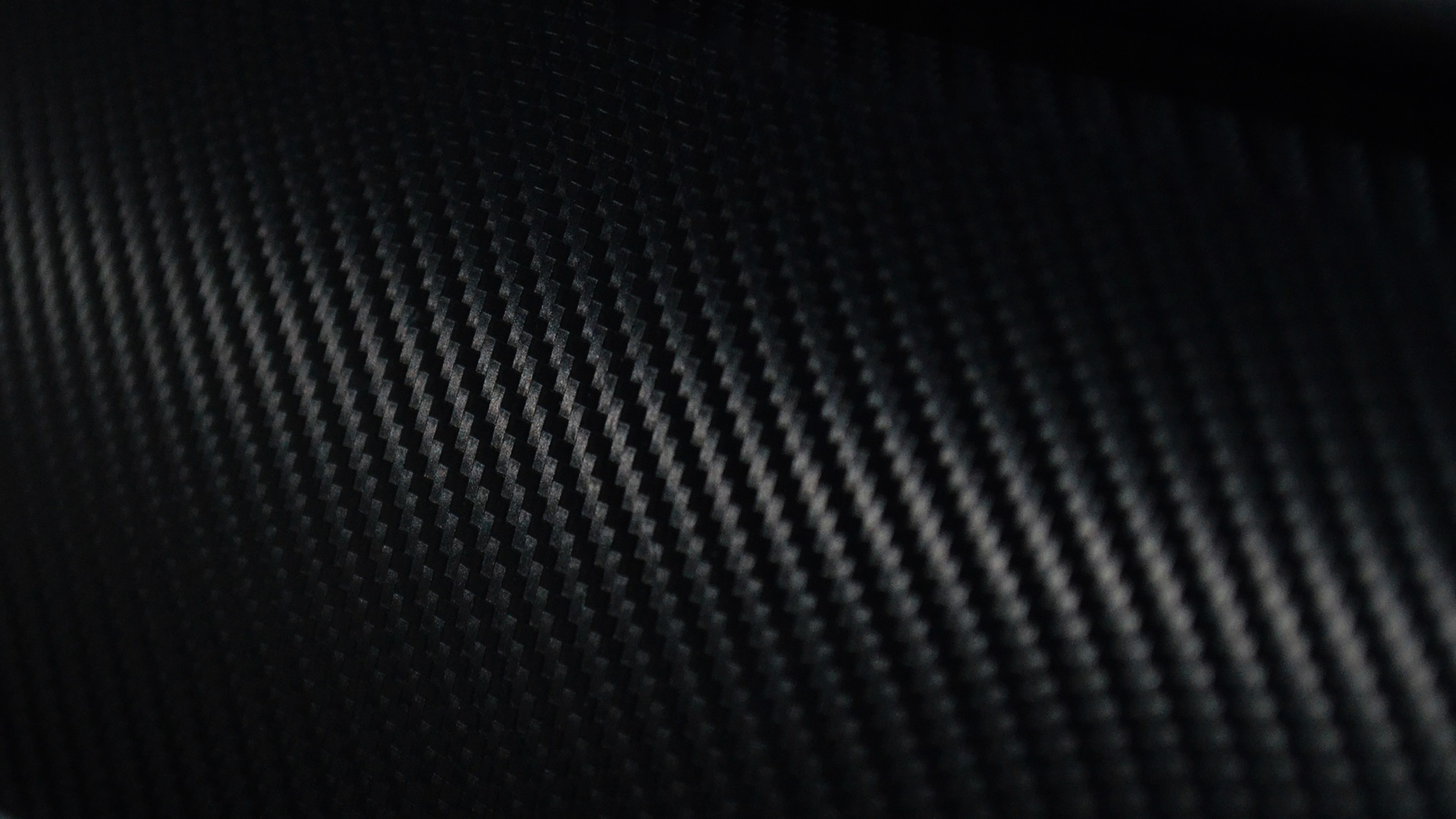+86-13732282311
merlin@xcellentcomposites.com
Let the world benefit from composite materials!
The Role of Biomedical Composites in Modern Medicine: A Comprehensive Guide
Introduction
Biomedical composites have revolutionized the field of medicine by offering innovative material solutions for a wide range of applications. These composites, which typically combine fibers with resins, provide a unique set of advantages over traditional materials like metals and plastics, making them invaluable in medical technology. With their superior strength-to-weight ratio, biocompatibility, and durability, biomedical composites have found their place in some of the most critical medical applications, from prosthetics and implants to surgical devices and drug delivery systems.
Among the many types of biomedical composites, carbon fiber medical composites have garnered particular attention due to their exceptional mechanical properties and versatility. Carbon fiber composites combine the lightweight characteristics of fiber with the structural integrity required in high-performance medical applications. This combination makes them ideal for use in everything from orthopedic implants to prosthetic limbs, offering strength, flexibility, and durability—all without compromising comfort or functionality.
In this comprehensive guide, we will delve into the different facets of biomedical composites in modern medicine. We will explore the science behind these materials, their real-world applications, and how carbon fiber composites, in particular, have contributed to the development of cutting-edge medical devices. Additionally, we will discuss the challenges and future potential of these materials, offering a broad perspective on their evolving role in healthcare.
Understanding Biomedical Composites
Biomedical composites are engineered materials composed of two or more distinct components: a matrix and a reinforcement. The matrix is typically a polymer resin that holds the composite material together, while the reinforcing phase, which can be fibers, fillers, or particles, provides strength and other mechanical properties. The result is a composite material that combines the advantages of both components to perform better than each would individually.
Biomedical composites provide advanced composite solutions that enhance the performance, durability, and comfort of medical devices, offering a promising alternative to traditional materials in various healthcare applications.
Key Properties of Biomedical Composites
1. High Strength-to-Weight Ratio
One of the most important properties of biomedical composites is their high strength-to-weight ratio. This means they can be both lightweight and strong—an essential combination for medical devices, which must often be both durable and easy to handle. For example, prosthetic limbs made from composite materials are much lighter than their metal counterparts, leading to increased comfort and mobility for patients. Additionally, composite materials can withstand stress and strain, making them ideal for load-bearing applications such as implants.
2. Biocompatibility
Biocompatibility is a fundamental requirement for all materials used in medical devices, as they must be safe for use within the human body without causing adverse reactions. Biomedical composites are carefully engineered to ensure they interact harmoniously with body tissues. Whether used for implants, prosthetics, or other medical applications, these materials must not cause inflammation, rejection, or other harmful effects. Composites such as carbon fiber medical materials are biocompatible by design, ensuring that they don’t trigger an immune response in patients.
3. Durability
Durability is another key advantage of biomedical composites. Materials like carbon fiber composites are resistant to wear, corrosion, and fatigue, ensuring long-term performance even under challenging conditions. This durability is particularly important for medical implants, which must remain functional over extended periods. For example, carbon fiber implants used in orthopedic surgeries are resistant to degradation, ensuring they last longer than traditional materials.
4. Customization
Biomedical composites offer the flexibility to be customized according to specific medical requirements. Different fibers (such as carbon fiber, glass fiber, or aramid fiber) and resins can be used to tailor the composite to meet the desired mechanical, thermal, or chemical properties. For example, the thickness of the fibers and the type of resin can be adjusted to achieve the right balance between strength and flexibility for different applications.

Applications of Biomedical Composites in Modern Medicine
Biomedical composites have found a wide range of applications in modern medicine, significantly improving the performance and comfort of medical devices and treatments. Below, we explore some of the most prominent uses of these materials in healthcare.
1. Prosthetics and Orthotics
One of the most significant areas where biomedical composites have made an impact is in the field of prosthetics and orthotics. Traditional prosthetics were often heavy and uncomfortable, leading to limitations in mobility and overall quality of life for users. However, the advent of biomedical composites, particularly carbon fiber medical composites, has dramatically improved the functionality of these devices.
- Carbon Fiber Medical Prosthetics: Carbon fiber is renowned for its lightweight yet strong properties, making it an ideal choice for prosthetic limbs. Carbon fiber prosthetics are not only lighter but also more durable, which means they last longer and perform better under stress. These prosthetics can withstand daily wear and tear without the need for frequent replacements, offering patients greater independence and mobility.
- Orthopedic Braces and Supports: Carbon fiber composites are also used in orthopedic braces, splints, and supports. These devices must provide both strength and flexibility, and carbon fiber's unique properties make it an excellent material for this purpose. For instance, carbon fiber knee braces offer robust support while still allowing for natural movement.
2. Implants and Surgical Devices
Biomedical composites are increasingly being used in medical implants, where their high strength, lightweight nature, and biocompatibility are invaluable. These materials provide a safe, effective alternative to traditional metal implants, especially in high-stress applications.
- Bone Implants: In orthopedic surgery, composites can be used to create bone substitutes or to coat implants, providing both structural support and compatibility with surrounding tissues. Composites like carbon fiber can help facilitate the integration of the implant with the bone, ensuring a smoother and more natural healing process.
- Carbon Fiber Medical Implants: Carbon fiber’s radiolucency—its ability to allow X-rays and other imaging techniques to pass through—makes it particularly useful for implants, especially in the spine. Carbon fiber spinal implants offer both strength and the advantage of not obstructing radiographic imaging, which is crucial for monitoring the patient’s recovery post-surgery.
- Dental Implants: Carbon fiber medical composites are also used in dental implants. These materials offer strength and durability, and their lightweight nature helps improve comfort for the patient. Additionally, carbon fiber composites in dental applications are highly resistant to corrosion, making them ideal for long-term use.
3. Drug Delivery Systems
Biomedical composites are being explored for their role in drug delivery systems. Drug delivery implants made from composites can control the release of medication, improving the effectiveness and precision of treatment.
- Biodegradable Composites: Some biomedical composites are designed to be biodegradable, meaning they safely break down in the body over time. These materials are used in drug delivery systems, where the composite material slowly releases medication into the bloodstream at a controlled rate, ensuring that the drug's effects are sustained over a longer period.
- Targeted Drug Delivery: Advanced biomedical composites can also be designed to target specific areas of the body, allowing for more precise treatment. For example, composites can be engineered to respond to environmental factors (such as pH or temperature) or to the presence of certain biomarkers, triggering the release of drugs only when needed.
The Role of Carbon Fiber in Biomedical Composites
Among the many fibers used in biomedical composites, carbon fiber medical composites stand out due to their exceptional mechanical properties and versatility. Carbon fiber is composed of thin strands of carbon atoms bound together in a crystal lattice, making it incredibly strong, lightweight, and durable.
1.Benefits of Carbon Fiber Medical Composites
- Strength and Durability
Carbon fiber composites have an outstanding strength-to-weight ratio, which makes them perfect for applications that require high structural integrity. For example, carbon fiber medical prosthetics can withstand heavy loads and stress without compromising the comfort of the user. They can also endure harsh environmental conditions without degradation. - Lightweight Nature
Carbon fiber is lighter than metals like steel and aluminum, making it a highly desirable material for medical applications where weight is a concern. For instance, prosthetic limbs made of carbon fiber offer better comfort and less strain on the body, enabling patients to move more naturally. - Radiolucency
One of the unique properties of carbon fiber medical composites is their radiolucency. Unlike metals, carbon fiber does not interfere with X-rays, MRIs, or CT scans, which allows for easy post-surgical monitoring. For example, carbon fiber used in spinal implants provides the necessary support while not obstructing the ability to monitor the healing process with imaging technologies. - Corrosion Resistance
Carbon fiber is highly resistant to corrosion, which makes it ideal for use in medical implants that are designed to last a long time in the body. Traditional metals can corrode over time, leading to complications and the need for replacements. Carbon fiber medical implants, however, remain structurally intact, reducing the need for reoperations.
2. Applications of Carbon Fiber in Biomedical Devices
- Spinal Implants: Carbon fiber’s strength, lightweight nature, and radiolucency make it an ideal choice for spinal implants. These devices require both durability and the ability to integrate seamlessly with bone tissue, and carbon fiber excels in both areas.
- Knee and Hip Replacements: Carbon fiber composites are used in joint replacements, including knees and hips, where they offer a strong, durable, and lightweight alternative to traditional materials like titanium or steel.
- Dental Implants: Carbon fiber medical composites are also used in dental implants, where their strength and biocompatibility make them an excellent alternative to metals.
Challenges and Considerations in Using Biomedical Composites
While biomedical composites offer numerous benefits, there are also several challenges to their widespread use. These challenges include manufacturing complexities, cost, and regulatory hurdles.
1. Manufacturing and Cost Considerations
The production of carbon fiber medical composites can be expensive due to the complex manufacturing processes involved. Advanced molding, curing, and finishing techniques are often required to produce high-quality biomedical composites. Additionally, the raw materials themselves—especially high-performance fibers like carbon fiber—can be costly, which increases the overall price of the finished product. This can make biomedical composite devices more expensive than their metal or plastic counterparts.
2. Long-Term Biocompatibility
Although biomedical composites are generally biocompatible, the long-term effects of some composite materials in the human body remain an area of ongoing research. For example, some composites may degrade over time, leading to potential risks of inflammation or other adverse reactions. This is particularly concerning for long-term implants, such as those used in orthopedic surgery.
3. Regulatory Hurdles
The use of new materials in medical devices is highly regulated, and biomedical composites must undergo rigorous testing to ensure they meet the safety and efficacy standards set by regulatory bodies like the FDA (U.S. Food and Drug Administration) and the EMA (European Medicines Agency). The approval process can be lengthy and costly, which may delay the availability of new composite materials for use in medical devices.

The Future of Biomedical Composites in Medicine
The future of biomedical composites looks bright, with continued advancements in material science, manufacturing techniques, and their applications in medicine. Some of the exciting developments on the horizon include:
1. Smart Composites
The future of biomedical composites may involve "smart" materials capable of responding to changes in the body. These composites could release drugs in response to environmental stimuli or adjust their mechanical properties based on the body's needs. Such advancements would further enhance the functionality and effectiveness of medical devices.
2. Nanotechnology Integration
Nanotechnology could further improve the properties of biomedical composites by enabling more precise control over their behavior at the molecular level. Nanocomposites could offer enhanced strength, durability, and biocompatibility, expanding their use in advanced medical applications.
3. Sustainability
As the demand for eco-friendly materials grows, researchers are exploring sustainable alternatives for biomedical composites. Biodegradable composites or composites made from renewable resources could become more common in the medical industry, reducing the environmental impact of medical devices.
Conclusion
Biomedical composites, especially those incorporating carbon fiber medical materials, have significantly advanced the capabilities of medical devices, implants, and prosthetics. Their strength, lightweight nature, biocompatibility, and durability make them indispensable in a range of applications, from orthopedic surgery to drug delivery systems. Despite the challenges, the potential for biomedical composites to revolutionize modern medicine is immense, and ongoing research and development will only continue to unlock new possibilities for these innovative materials in the healthcare sector.
Read More: The Ultimate Guide to Reinforcements for Composite Materials: Types, Benefits, and Applications
Popular Composite Materials
Popular Composite Materials
Composites Knowledge Hub
Composites Knowledge Hub

